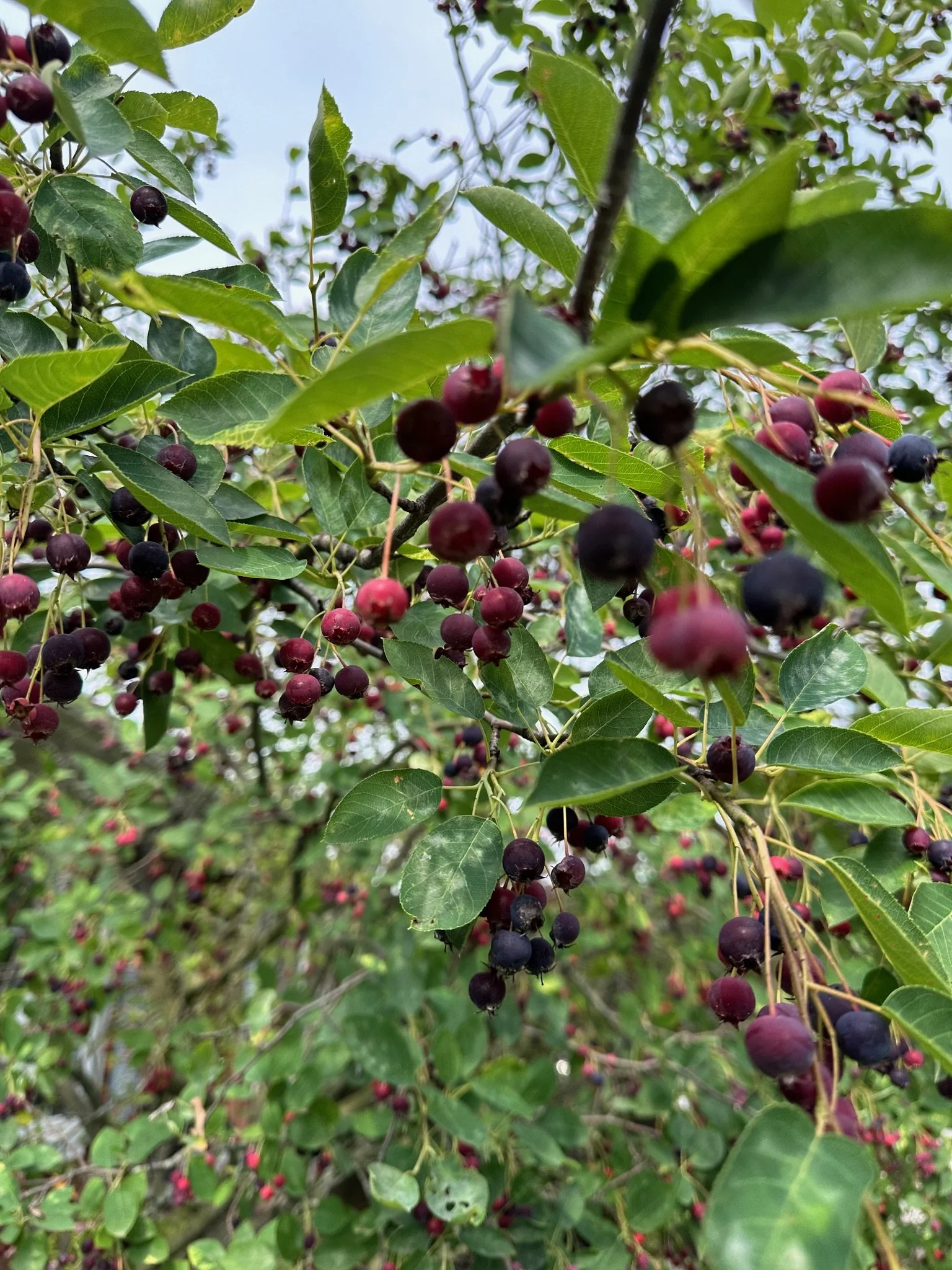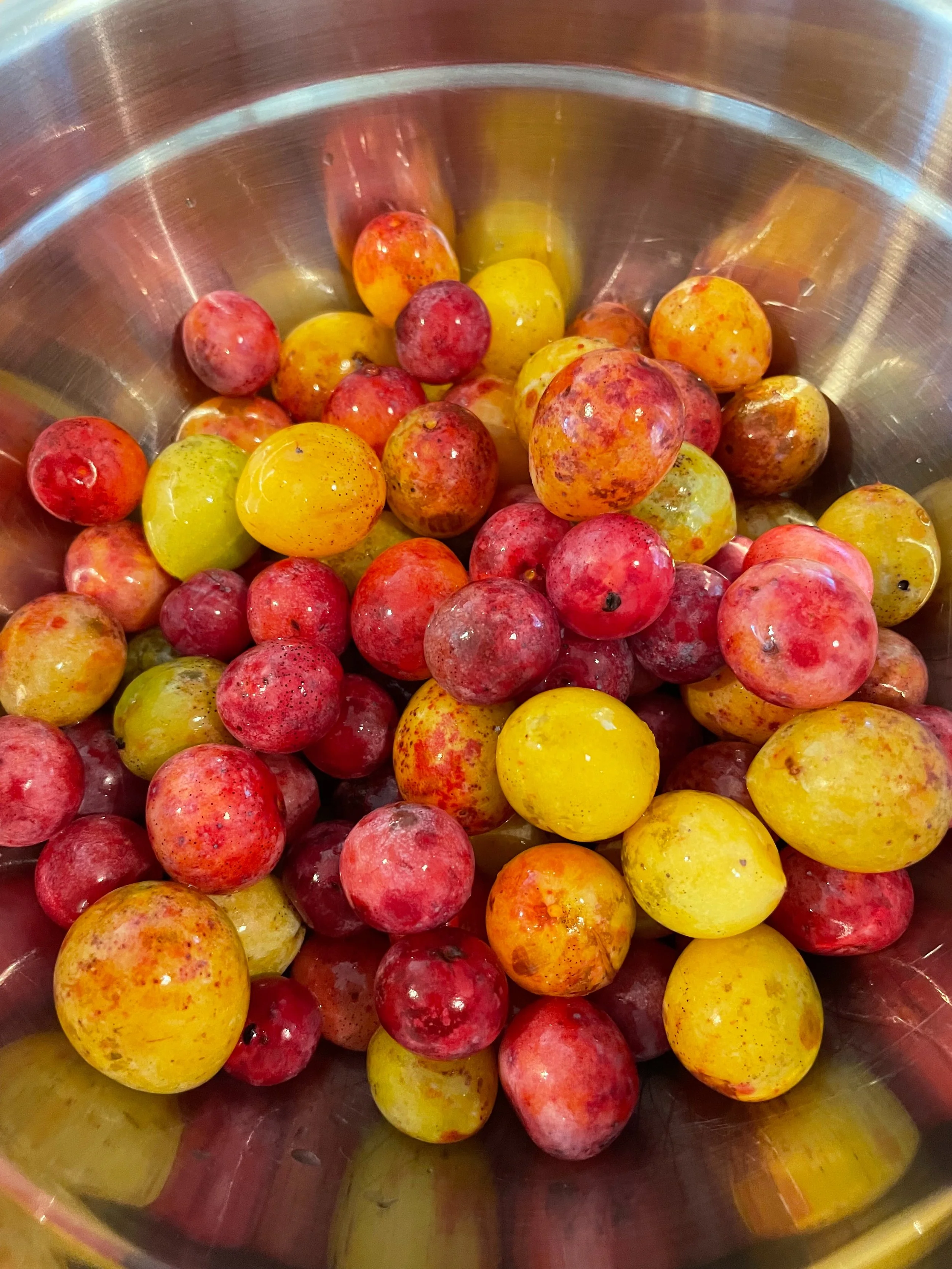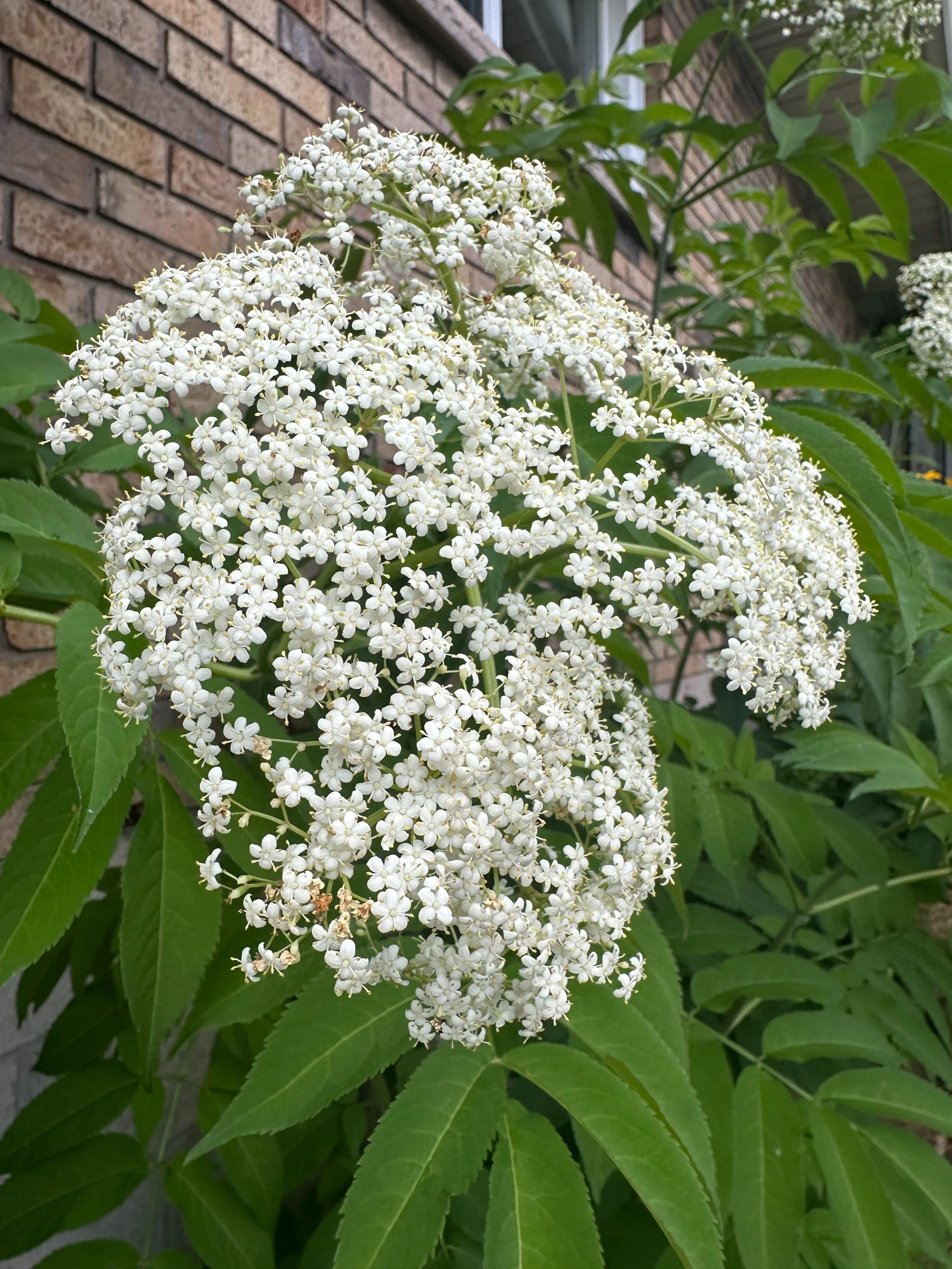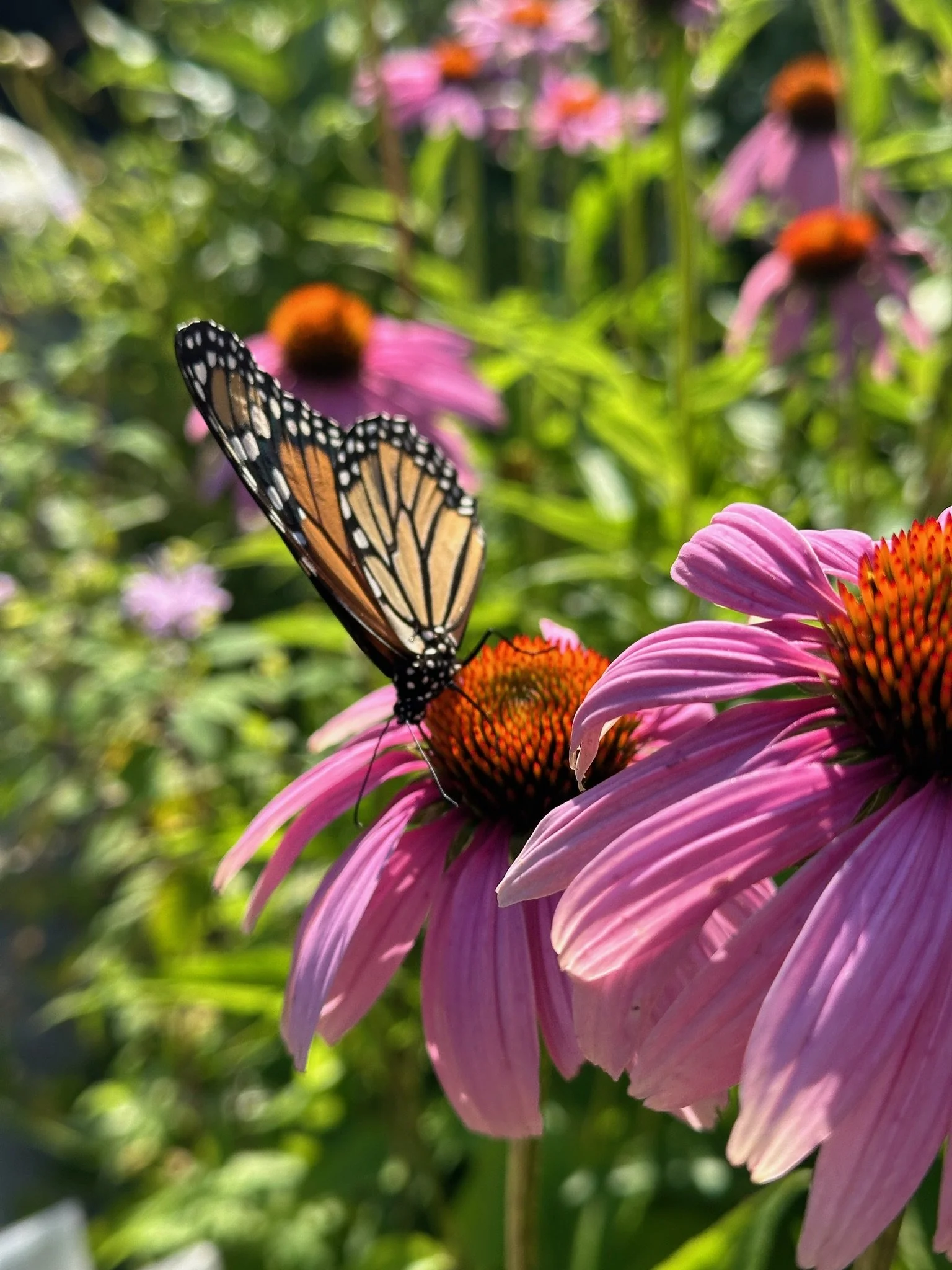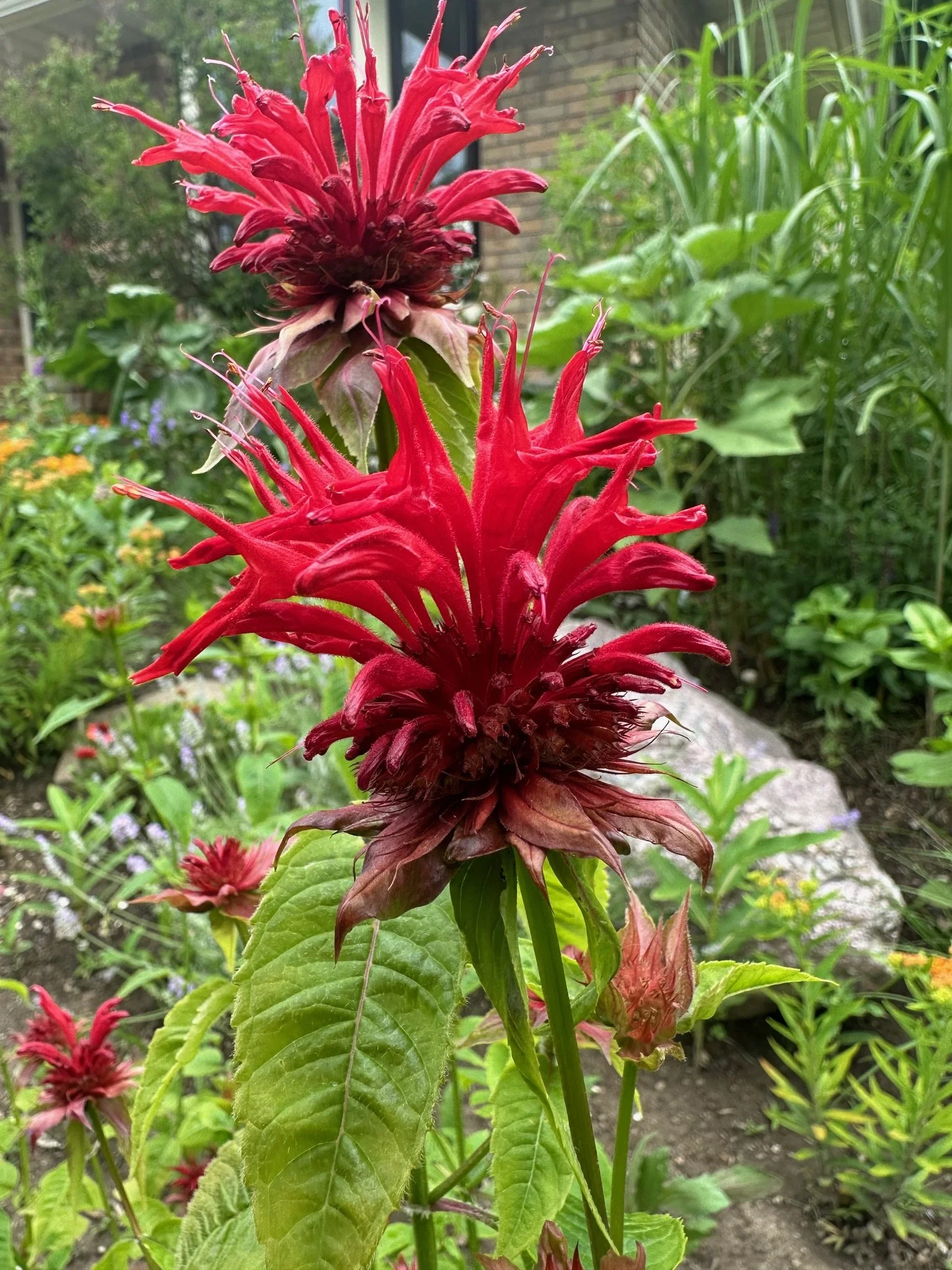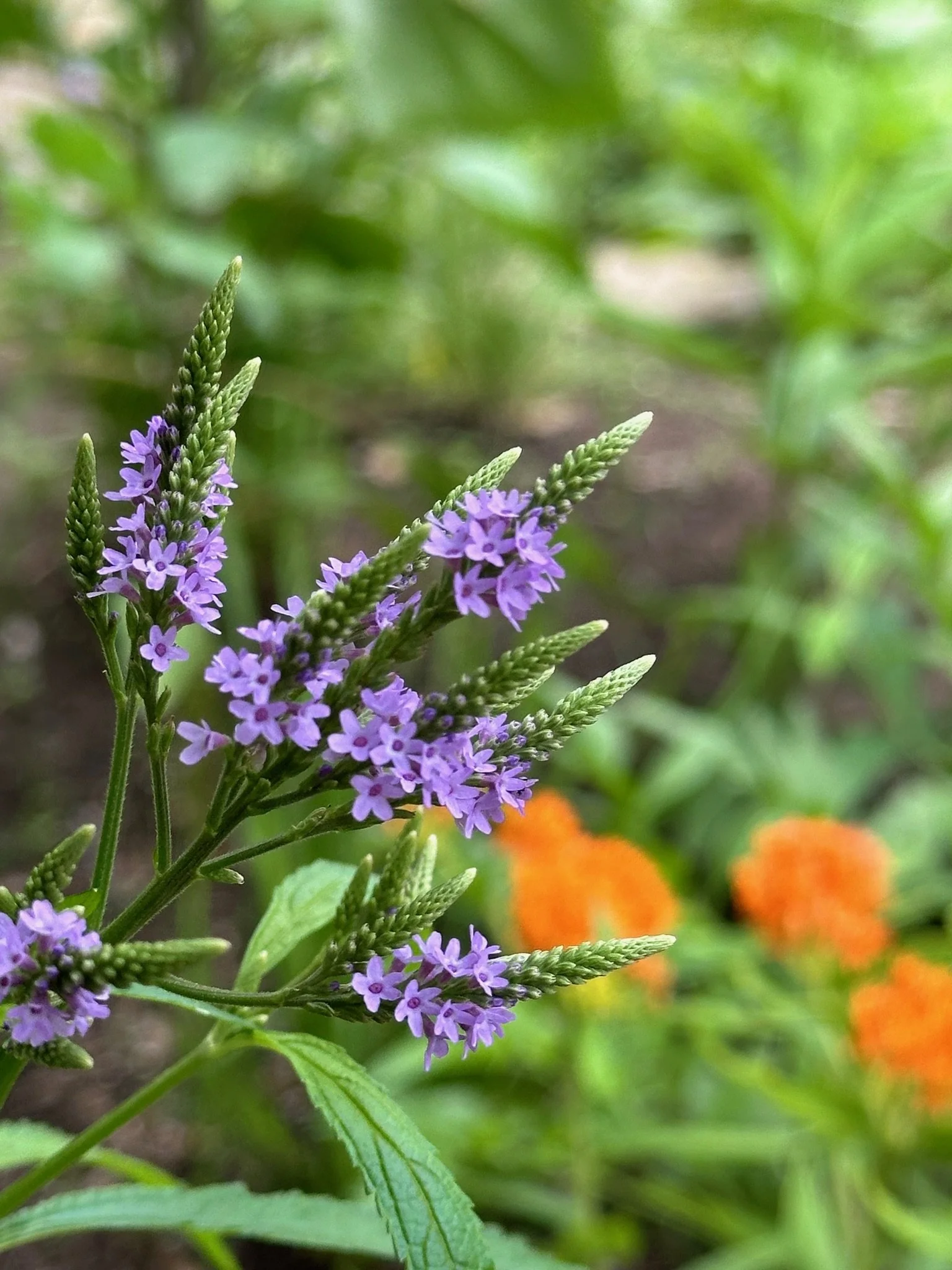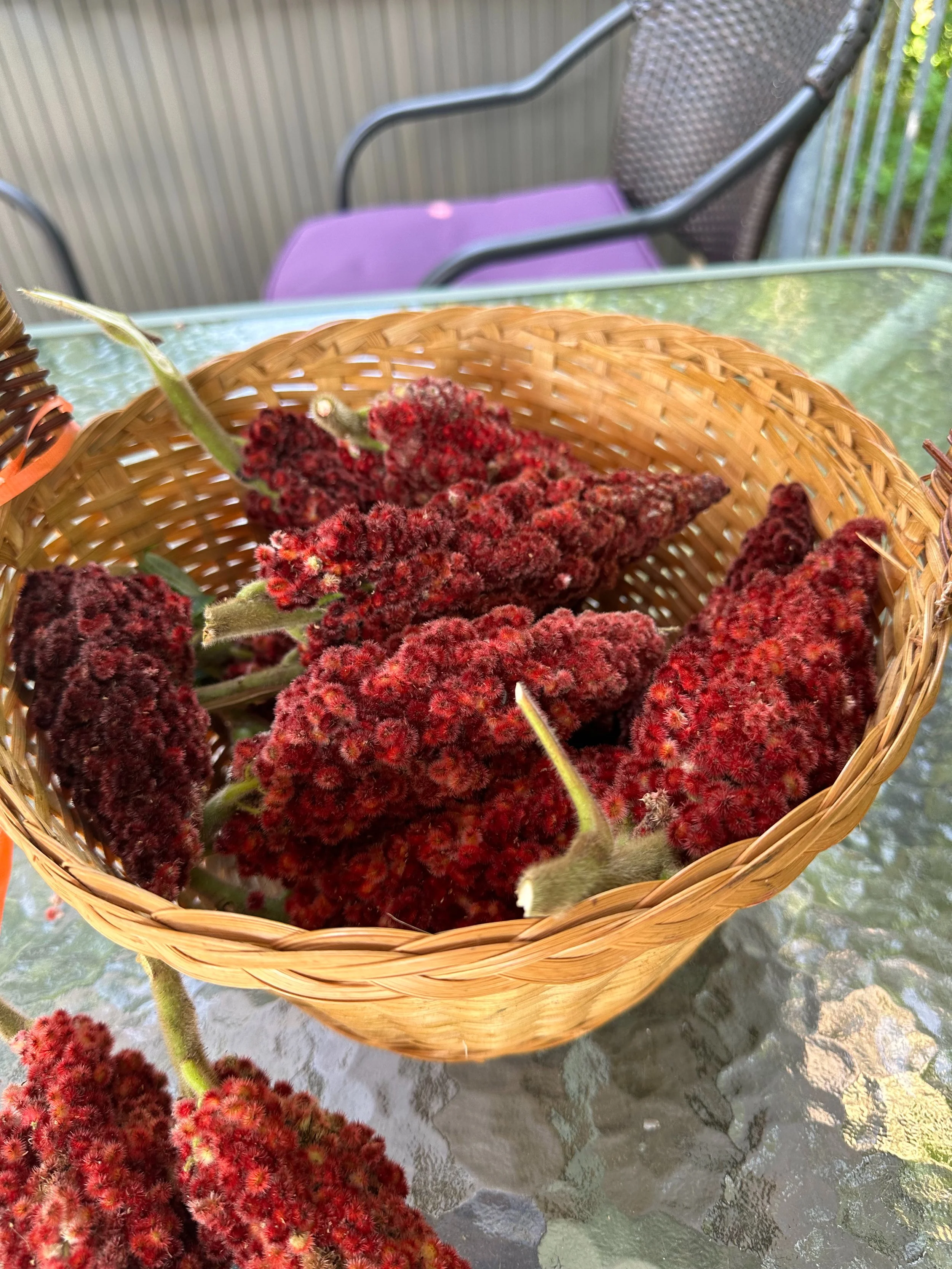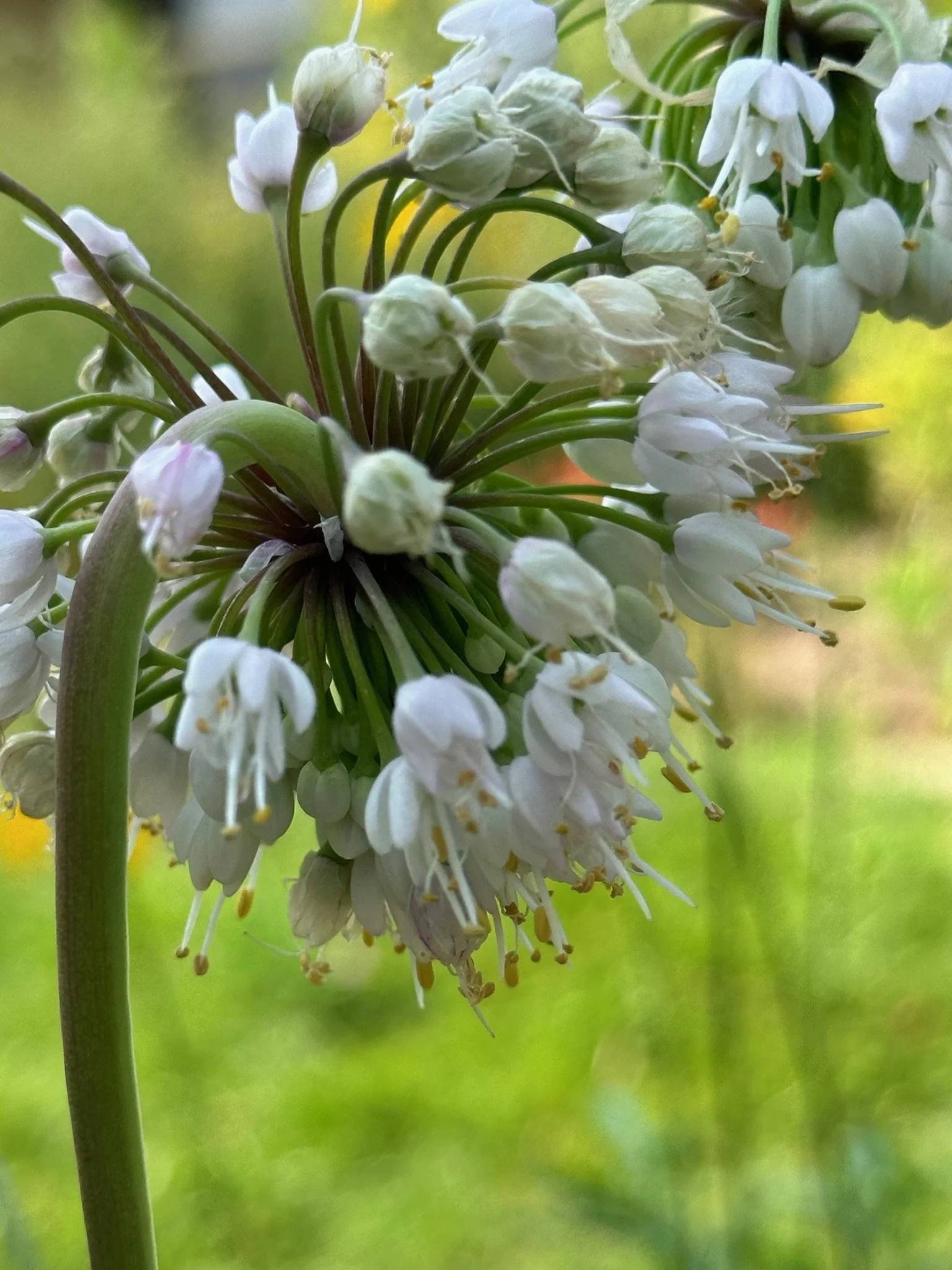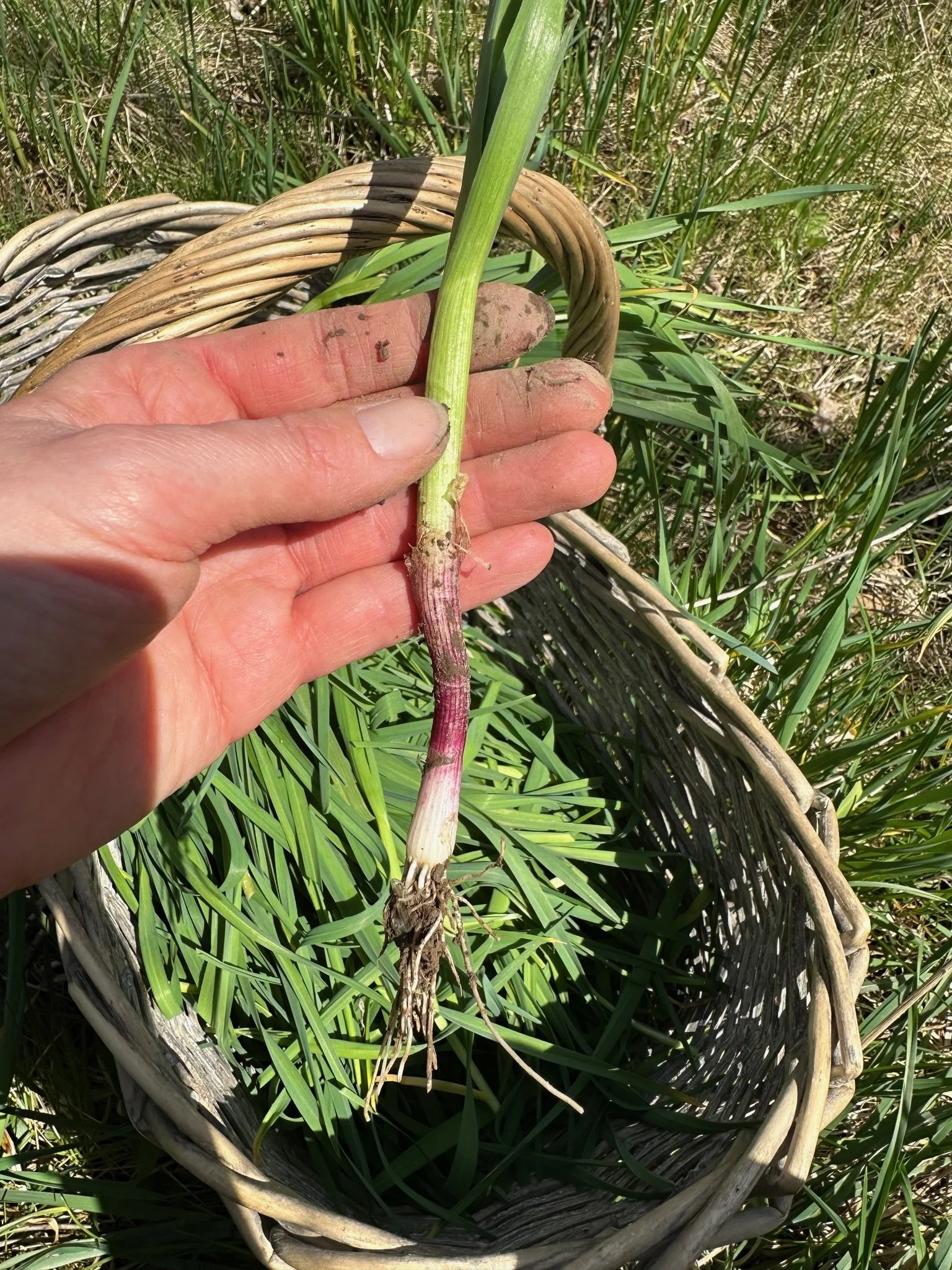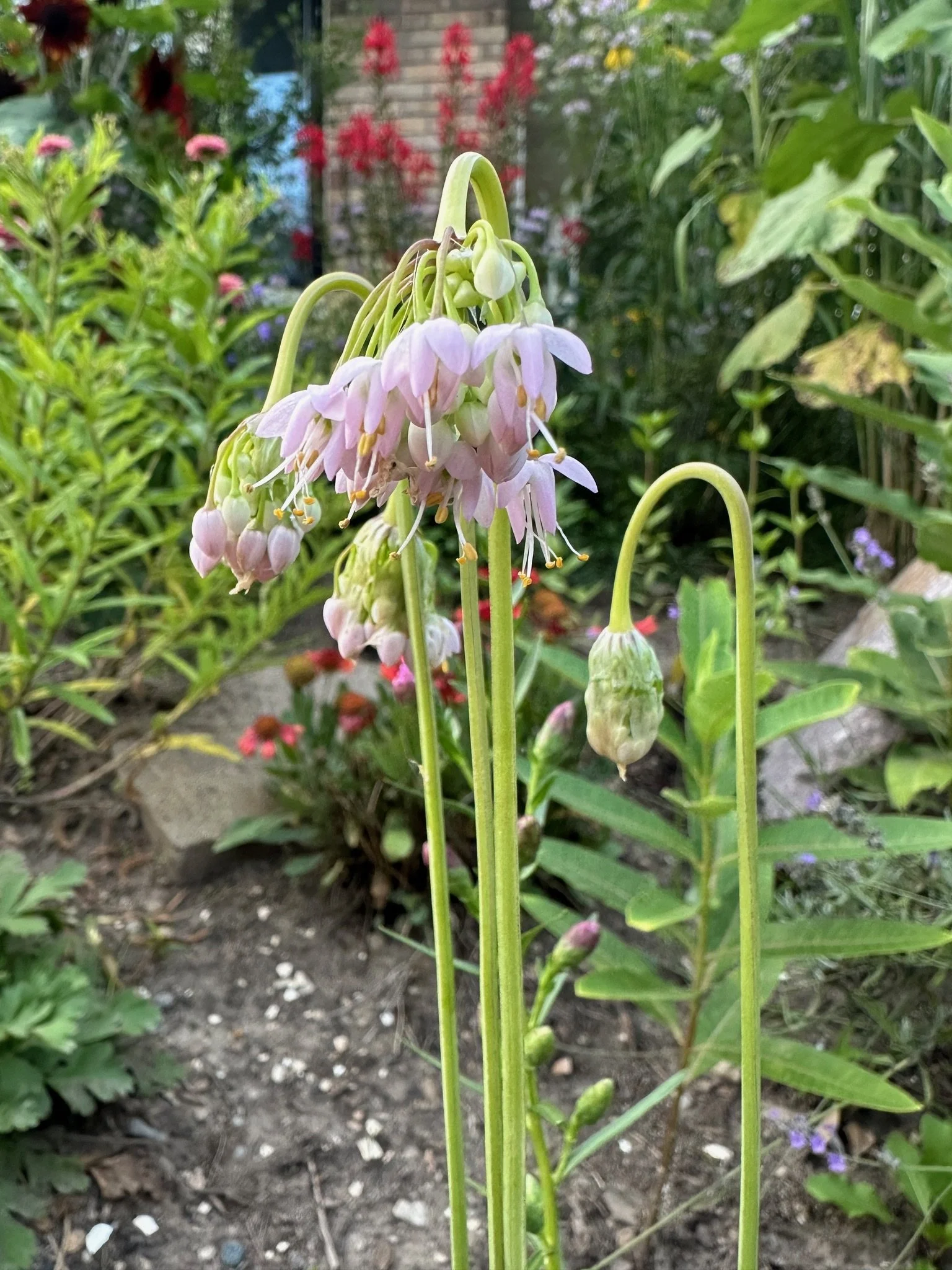Edible Native Garden
The information provided on this page about edible native plants is intended to share our insights about the subject and should not be taken as expert advice. Please exercise caution when identifying and consuming wild or homegrown plants, as many species can be toxic or harmful if misidentified. While we strive to offer helpful information about edible gardening, we expect every reader to take full responsibility for conducting their own thorough research before consuming anything harvested. The Nnative team is not to be held responsible for any harm that may result from gardening advice or the use of this information.
What is an Edible Native Garden?
Welcome to the world of edible native gardens—a harmonious blend of nature's resilience and culinary delight! These gardens are designed to showcase native plant species that not only thrive in their natural environment but also provide food for you and your family. By cultivating edible natives, you support local ecosystems, attract pollinators, conserve water, and enjoy fresh, seasonal produce right from your backyard.
Edible native gardens celebrate biodiversity and sustainability, making them an eco-friendly choice for gardeners of all skill levels. Imagine snacking on ripe, sun-kissed berries, brewing tea with fragrant native herbs, or incorporating nutrient-rich greens into your favourite meals—all grown with ease and care. Transform your outdoor space into a thriving, edible ecosystem that nourishes both you and the planet.
Should I Be Careful Eating Native Plants?
Absolutely, caution is key when foraging or harvesting native plants for consumption. While many native plants are edible and nutritious, some can be toxic if misidentified, improperly prepared, or consumed in the wrong quantity. Here are a few tips to ensure safety:
Guidelines for Eating Native Plants
Proper Identification: Always be 100% certain of the plant's identity before consuming it. Use reputable field guides or consult with local experts.
Understand Toxic Parts: Some plants have both edible and toxic parts (e.g., elderberries are safe when cooked but harmful raw).
Preparation Matters: Certain plants may require specific preparation methods to remove toxins (e.g., leaching for acorns).
Check for Allergies: Introduce new plants in small amounts to ensure you don't have an allergic reaction. Know the plant families! Sumac is related to cashews, so if you have a cashew allergy it’s best to avoid trying this!
Harvest Responsibly: Avoid plants near pollution sources (e.g., roadsides) and always leave enough for wildlife and regrowth.
Legal and Ethical Considerations: We strongly discourage foraging in the wild. Not only does foraging risk damaging fragile ecosystems, but it could also lead to the harvesting of rare or endangered species. Instead, focus on creating your own edible native garden. By growing these plants yourself, you ensure their survival and enjoy a safe, sustainable source of food.
Pregnancy & Breastfeeding: Some plants have to be avoided for pregnant or breastfeeding women, so we recommend being carful during this time of your life.
We feel incredibly fortunate to live in the Carolinian Eco Zone, immersed in its natural beauty. Rather than foraging, we believe in cultivating native plants in our own backyards, fostering biodiversity while creating sustainable landscapes. Through our work with clients and friends—each with unique garden types — we’ve had the privilege of engaging with a diverse range of native plants. The examples listed below are drawn from this collective experience.
Native Edible Plants
Fruits and Berries:
Wild Strawberries (Fragaria virginiana) - Small but packed with flavour, these berries grow in sunny spots and are a favourite among children
Black Raspberries (Rubus occidentalis) - These dark, juicy berries are great for fresh eating or making jams and make absolutely delicious ice cream!
Red Raspberry (Rubus idaeus) - Similar to black raspberries, they thrive in forest edges and open areas.
Blueberry (Vaccinium angustifolium) and (Vaccinium corymbosum) - Need acidic soils. The berries are small but very tasty and can be eaten raw or cooked.
Elderberries (Sambucus canadensis) - Often used for syrups and medicinal purposes, but must be cooked before eating.
Chokecherries (Prunus virginiana) - Astringent when raw but excellent for jams and jellies.
Serviceberries (Amelanchier) - Also known as Juneberry or Saskatoon berry, these sweet berries can be eaten raw or used in baking.
Paw paw (Asimina triloba) - most unique native fruit! Has a wonderfully tropical taste—some describe it as a mix of banana, mango, and vanilla, with a custardy texture
Wild Plum (Prunus americana) - Tart but tasty, often used for jams and jellies.
American Persimmon (Diospyros virginiana) – Small, orange fruits that become sweet when fully ripe.
Wild Grape (Vitis riparia) - Tart but tasty, wild grapes can be used for juice, jelly, or even wine.
Leafy Greens
Coneflower (Echinacea): Entire plant is edible. Leaves can be used in salad as a spinach substitute. Deep purple flowers enliven any meal.
Giant Hyssop (Agastache foeniculum) & Anise Hyssop (Agastache foeniculum): Leaves can flavour soup and stews. Flower-heads can be chewed as a breath freshener.
Scarlett Bee Balm (Monarda didyma): All above ground parts of the plant are edible. The leaves and flowers can be eaten raw or cooked.
Common Violet (Viola sororia): Leaves can be eaten and flowers are also edible and can be used as a garnish.
Virginia Bluebells (Mertensia virginica) : Leaves and flowers have a unique, slightly bitter flavour with a hint of oysters or mushroom. It's crucial to ensure you are identifying the correct species. Virginia bluebells (Mertensia virginica) are native to North America and are edible. English bluebells (Hyacinthoides) and other similar-looking bluebells are not, and can be toxic.
Herbs and Teas
Wild Bergamot (Monarda fistulosa): Wild Bergamot has a strong flavour similar to that of the bergamot orange (Citrus Bergamia) which is used to flavour earl grey tea, some say it is similar to thyme. This herb can be used for culinary purposes in meats and fruits. Fresh it could be used in Salads, but as a dried herb it is best used for teas, tinctures and oil infusions. Dried leaves can be used like oregano to flavour dishes, soups and stews. Makes delicious fragrant teas.
Anise Hyssop (Agastache foeniculum): Anise flavoured tea when brewed weakly.
Coneflower (Echinacea): Both leaves and flower petals can be made into a tea.
Scarlett Bee Balm (Monarda didyma): Bee balm has a minty taste and a flavour similar to oregano.
Staghorn Sumac (Rhus typhina): Caution! Be 100% sure it’s Staghorn Sumac as most Sumac species are toxic!Harvest the drupes between August and October, when they are bright and full and before heavy autumn rains that can wash out their flavour. You can dry them for later use – like many autumn spices and herbs – or make them into a tart syrup. Red fruit clusters can be made into refreshing pink or rose coloured drink with lemon like flavour. (Don’t boil or it gets bitter) Fruits can be made into Jellies or “lemon” pies. Dried used as a spice on things like meats (Vinegar / lemon flavour) or hummus.
Blue Vervain (Verbena Hastata): Caution! People with kidney disease should avoid using vervain. Same for pregnant or breastfeeding women. Flowers and leaves make great tea. Leaves are palatable when par-boiled.
Roots and Tubers:
Native Wild Leek (ramps) (Allium tricoccum): Removing the entire bulb halts its ability to reproduce. Instead, consider harvesting only some leaves, which are flavourful and allow the plant to continue growing.
Native Wild Ginger (Asarum canadense): Caution: You'd need to eat an absurd quantity of wild ginger for fatal results (4 1/2 pounds a day for 3-12 months), but be careful using it at all if you have kidney issues. Leaves are more strongly flavoured, but milder then commercial ginger. Rhizomes boiled till tender and simmered in syrup for 20-30 are said to make excellent candy.
Nodding Onion (Allium cernuum): Use leaves like onion before flowering. Flowers are edible as well, add a slight onion flavour to salad as a garnish
Nuts and Seeds:
Hazelnuts: A small, sweet nut from a shrub easily grown in your garden. You will need at least two Hazelnut shrubs to get fruits.
Black Walnut (Juglans nigra): **(White Walnut is currently endangered in Ontario, please don’t go foraging for this!) - A rich, flavorful nut native to the region.
Giant Hyssop (Agastache foeniculum): Seeds can be eaten raw or cooked.
Hickory Nut (Carya spp.) – Edible nuts from hickory trees, similar to pecans
A gorgeous dish of native and vegetable companion plants from our dinner event last year



